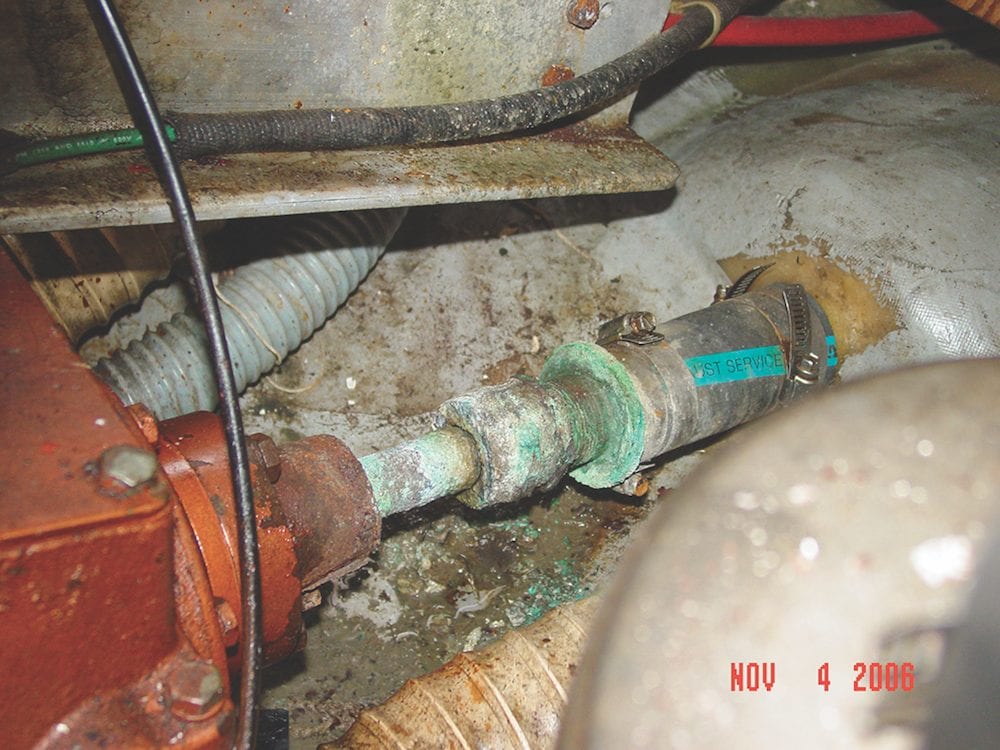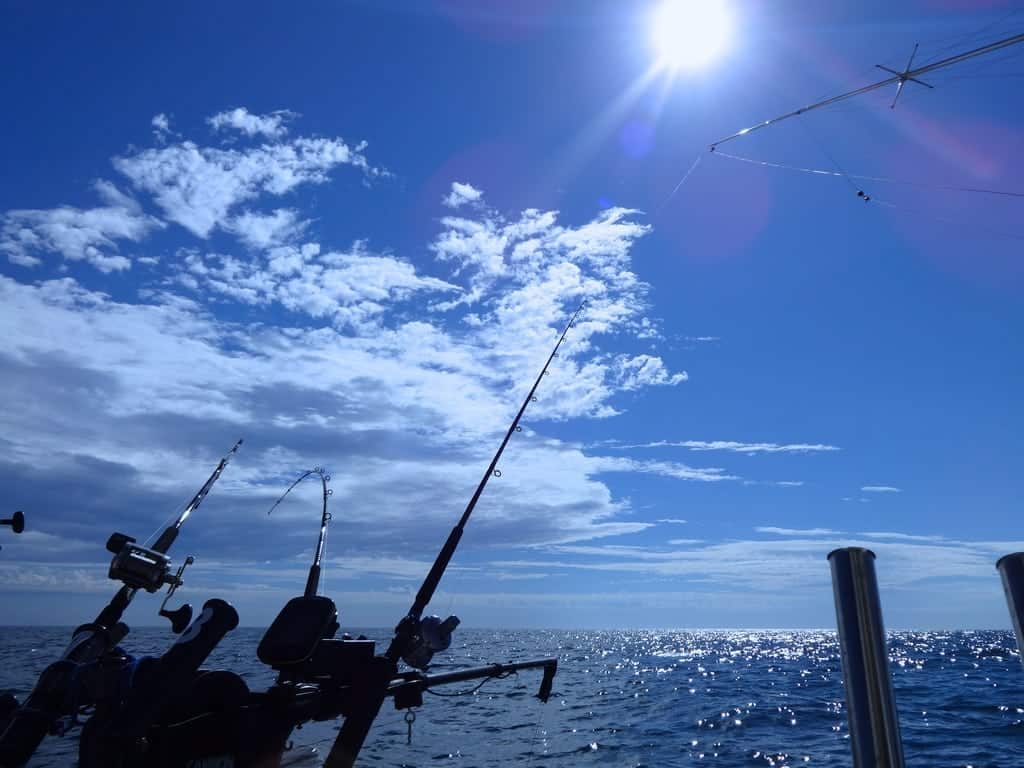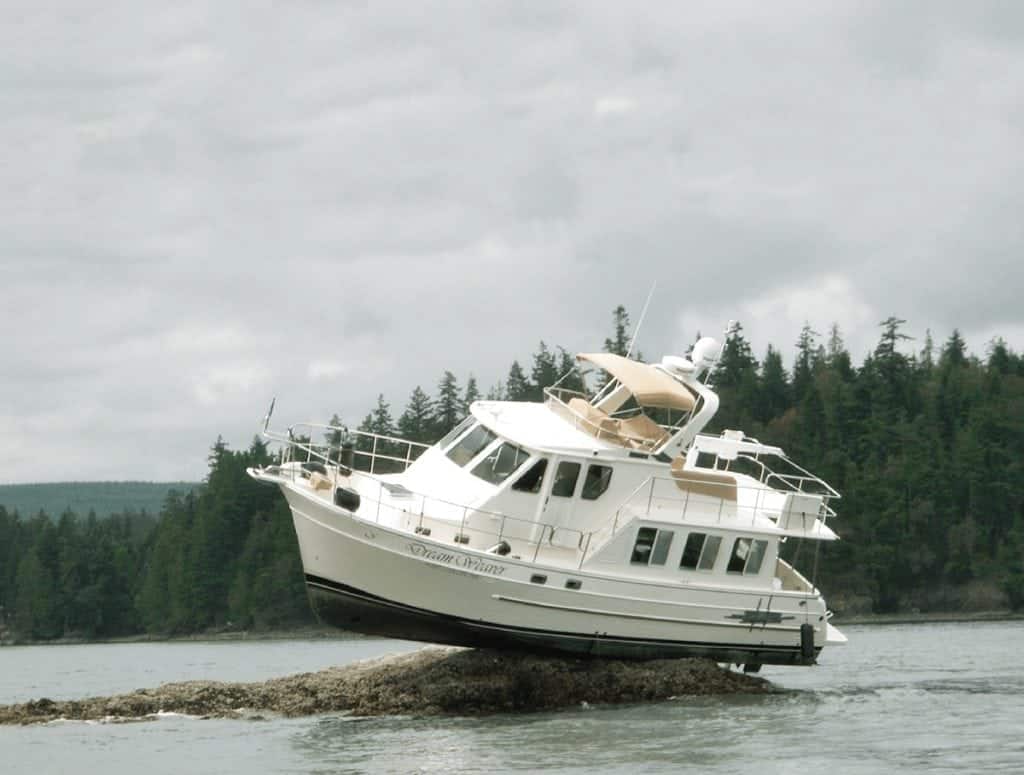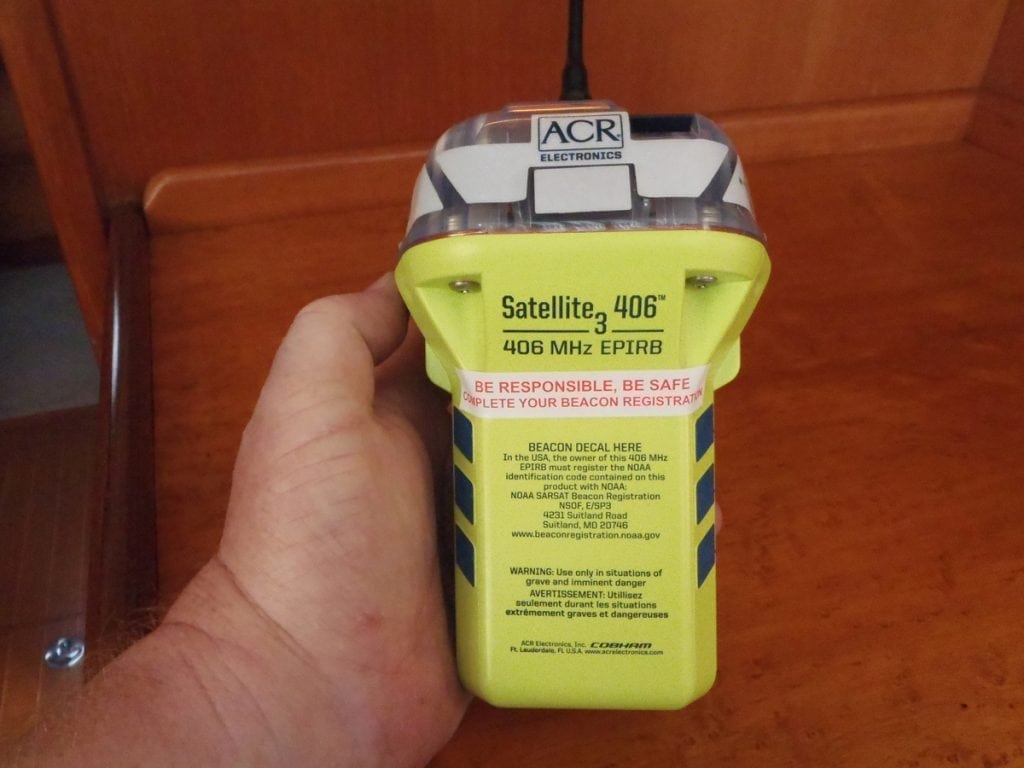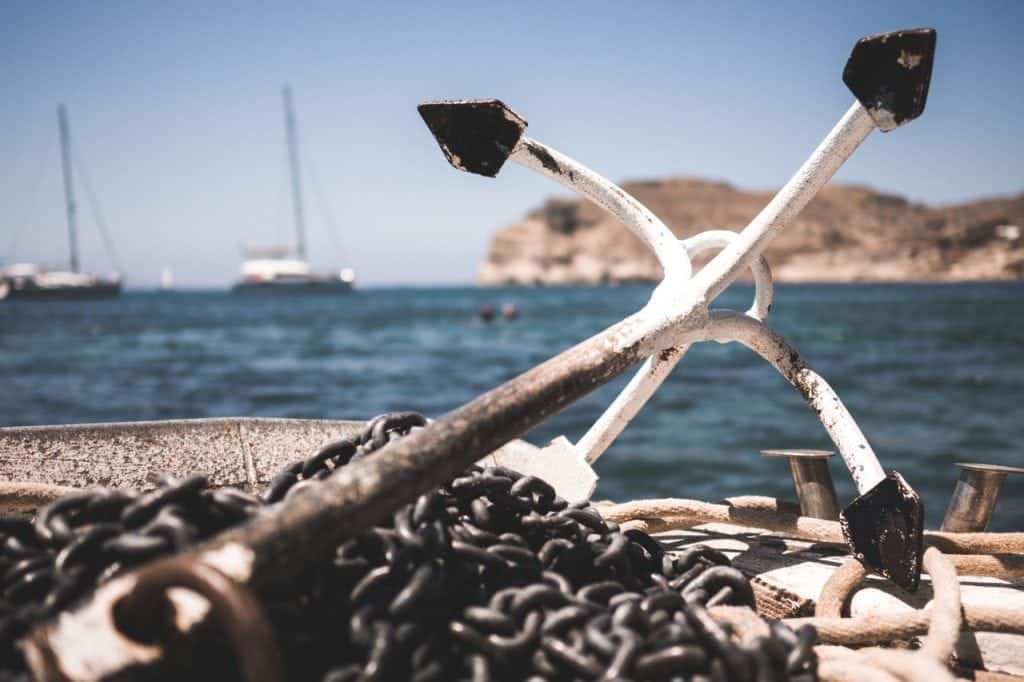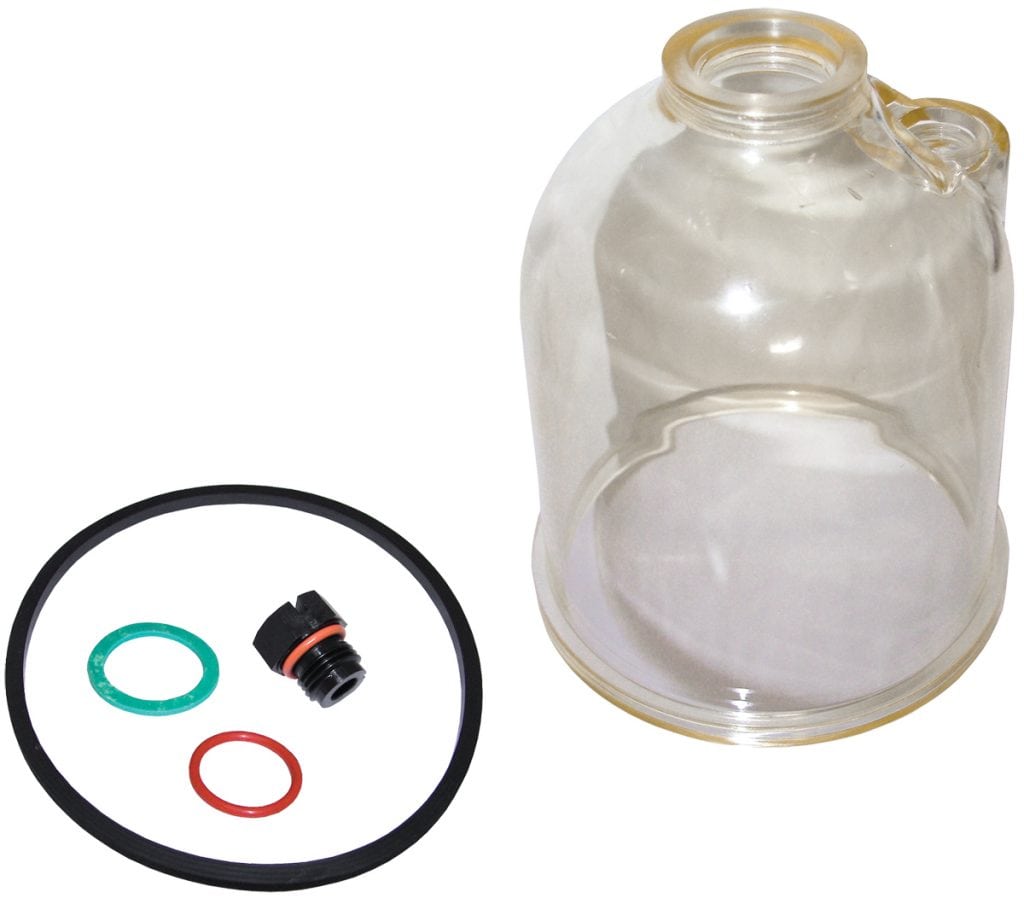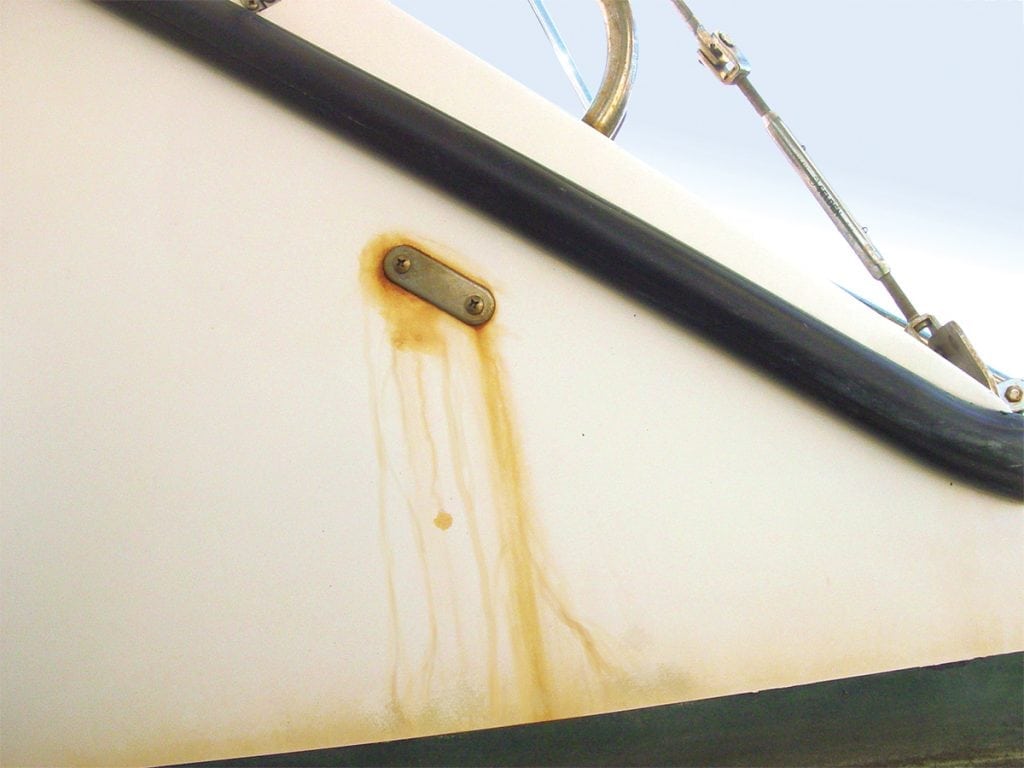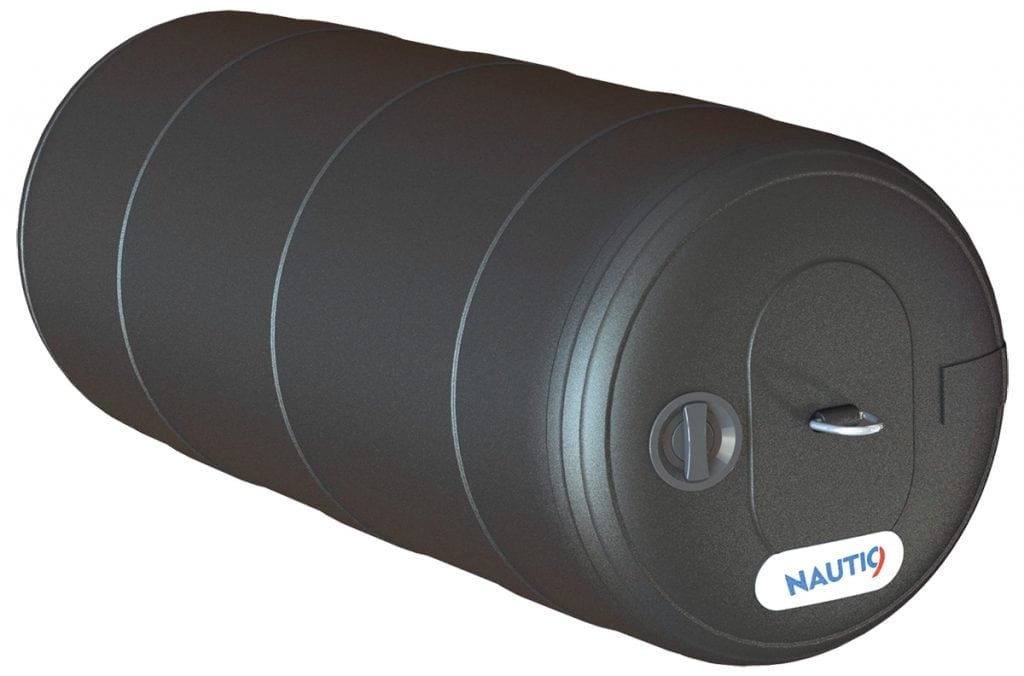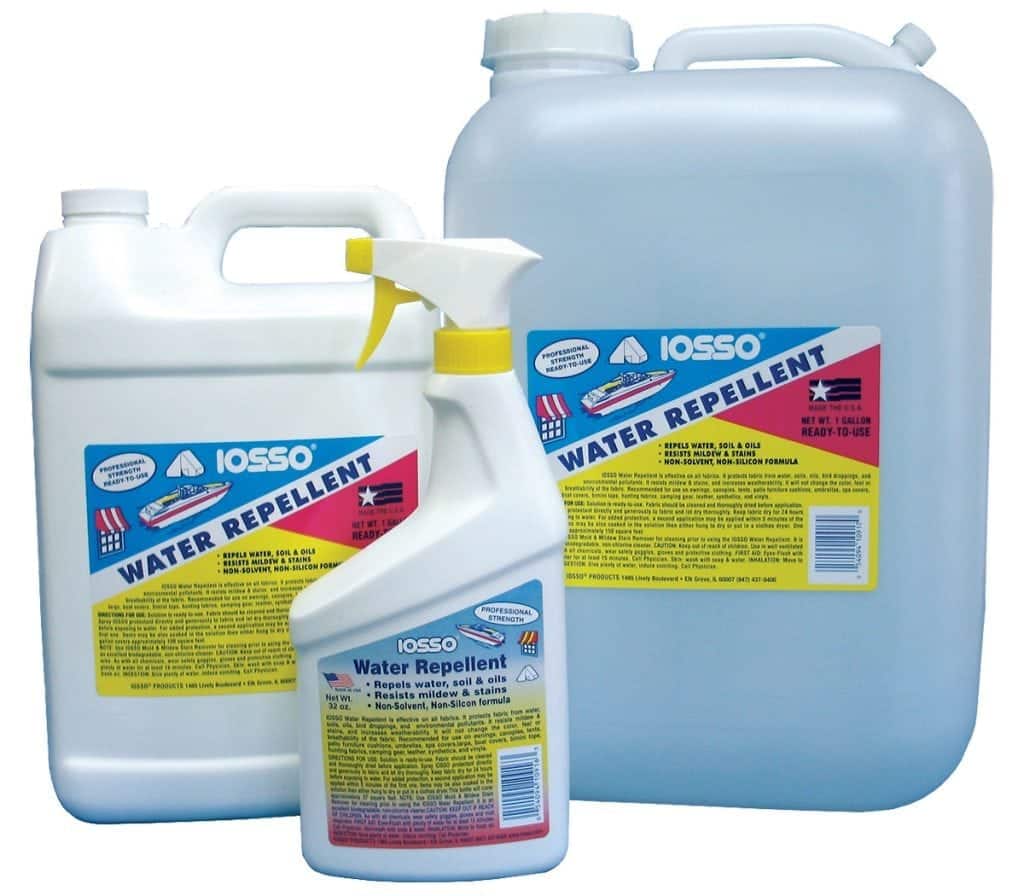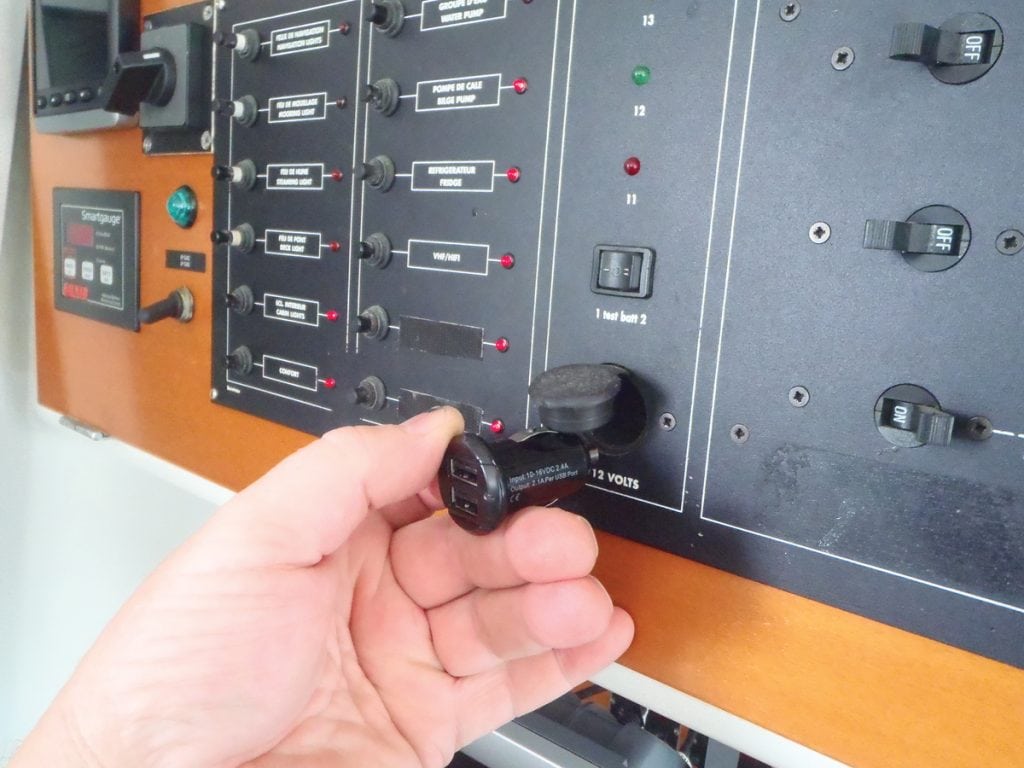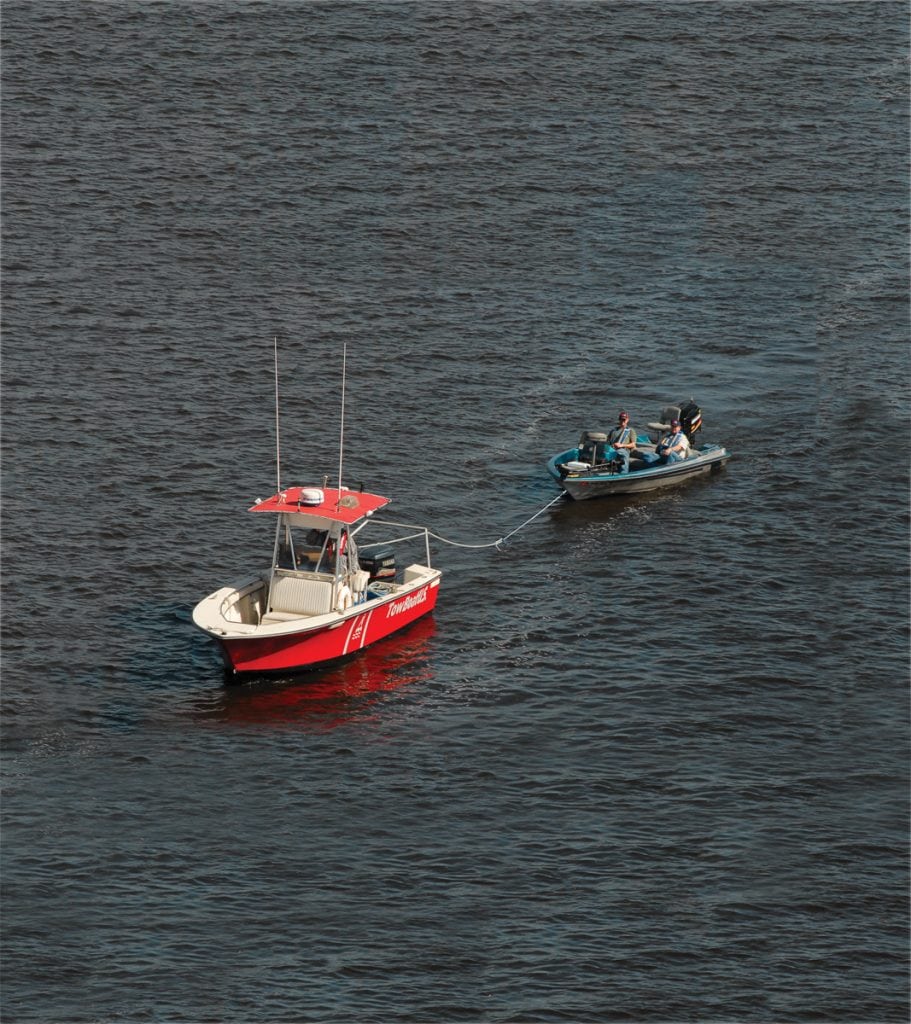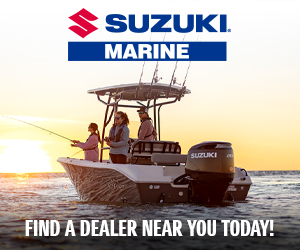Maintenance
Boats require a rigorous maintenance routine. Keeping up with boat maintenance is critical to improving performance and preventing repairs. We have expert information on maintaining and repairing everything from heads to hulls.
Maintenance Check
Time for a maintenance check. Don’t skip these oft-forgotten items There’s a lot of terrestrial-based wisdom that just doesn’t ring...
Read moreDetailsForget a makeover. Resurface!
Instead of a complete facelift, save yourself a bundle and resurface. Compared to home interior design trends, boat and yacht...
Read moreDetailsTilt and Trim Troubleshooting
Tilt and Trim troubles? Here are some top tips for tilt and trim troubleshooting.The time you most appreciate your motor’s...
Read moreDetailsHow to Install Rod Holders
Most boat owners have experienced moments when that one missing thing on board would help make boating easier. Take, for...
Read moreDetailsTrailering Don’ts
There are a few constant trailering do's. But there are far more trailering don'ts. Trailering a boat is more popular...
Read moreDetailsSo you’ve run aground, now what?
How to re-float your boat after going aground. Most boaters have heard the saying: “You’ve either already gone aground or...
Read moreDetailsInspect Your EPIRB or PLB
The only thing worse than not having crucial safety gear on board is to have it fail when needed. So...
Read moreDetailsLose Onboard Weight
Once your boat is back in the water, don't undo the good your yard has done by carrying around unnecessary weight...
Read moreDetailsGround Tackle: to refit or not to refit?
That is the question. The answer is that ground tackle is an essential component to boating. As you prepare for...
Read moreDetailsSpare Parts to Keep Aboard
The Spare Essentials: Pack properly for potential problems and keep these spare parts aboard Every boating adventure promises an amalgam of...
Read moreDetailsHow to Remove Stainless Steel Stains
When Stainless Steel Stains: Read up on stainless steel before rivers of rust ruin your ride. “All that glitters is not...
Read moreDetailsNautic9 Fenders
Nautic9 Fenders save space on board with inflatable and collapsible fenders from 9- to 48-inch diameters of varying lengths. Fenders...
Read moreDetailsIosso Water Repellent
In keeping with this month’s Haul Out Guide, protect your boat’s fabrics with Iosso Water Repellent. Invisible protection in a...
Read moreDetailsHow to install a USB charger
We've got all the tips on how to install a USB charger. You’d be hard-pressed to find a boat owner...
Read moreDetailsTop Twelve Towing Tips
Top Twelve Towing Tips Be a better boater with these towing tips. When discussing “the laws of the sea” down...
Read moreDetails

